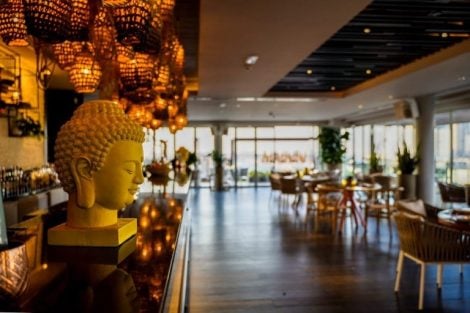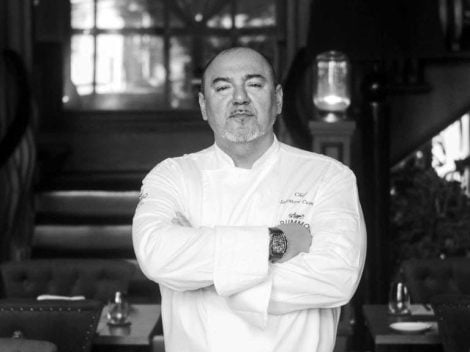At the 35th World Cheese Awards held in Trondheim, Norway, the title of the world's best cheese went to a local product, the Norwegian Nidelven Blå, created by the artisan dairy Gangstad Gårdsysteri, with milk from their Norwegian red breed cows.
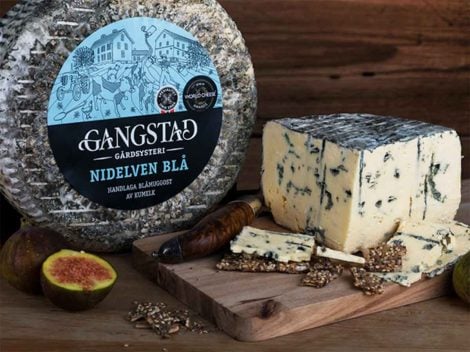
World's best new cheese declared
The winner was decreed in front of a large crowd gathered for the occasion, tasted in the preliminary rounds by 264 expert judges from 38 countries, and then voted the best by a "super jury" chaired by Cathy Strange, Whole Foods Market's Food Culture Ambassador and long-time judge of the annual competition, plus newcomers such as Ana Belén of Spain's González Pinõs; Aki Sakagami, CEO of The Cheese Association in Japan; Ireland's Finbar Deery of Sheridans Cheesemongers; and Georgina Yescas, CEO of Mexican artisan cheese retailer and wholesaler Lactography. The final elimination round crowned the Norwegian product from a shortlist of 16 finalists.
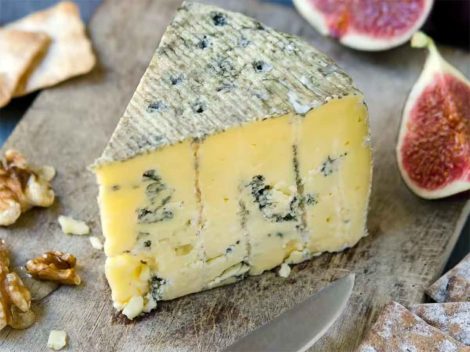
What the world's best cheese tastes like
Nidelven Blå, which took the spotlight as the winner of the World Cheese Awards 2023 final, is a semi-hard blue cheese made from pasteurised cow's milk, animal rennet, and then matured for 6-9 months. Judges praised it for its creaminess, comparing it to a thick fudge, others called it “the perfect blue cheese”. During the elimination rounds, passing in batteries of 40-50 samples on about 100 tasting tables, the world champion cheese shone for its balance and fruity nuances, soft veins, with just the right hint of bitterness, and some wine-like characteristics. The cheese, which owes its name to the river in Trøndelag county where it is produced, was judged positively by the jury for its texture and the balance between milk and blue attributes, where no penicillium notes emerge and even the bitterness serves the balanced whole.
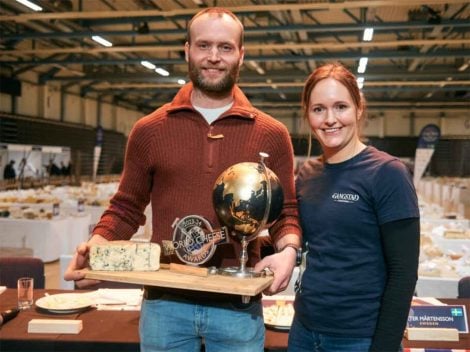
Who produces it
"We are a small dairy based only two hours from Trondheim, so this event in our area means a lot. For us, having the whole dairy team here adds an extra sparkle," said the general manager of the producing company at the podium.
The history of the Gangstad Gårdsysteri dairy and cattle farm dates back to 1913. Astrid Aasen grew up in Øvre Gangstad, in the province of Trøndelag. Together with her husband Perry Frøysadal, in 1983 they took over the business of Astrid's grandfather, John M. Aasen, who had owned the farm since 1913. With the desire to create more jobs, they opened the country's first licensed dairy farm in 1998. Working closely with the Norwegian food safety authorities, new regulations had to be drawn up for this type of business, which did not exist at the time. With the shop built in the middle of the beautiful traditional courtyard, many cheese enthusiasts quickly took to the place. The company has grown solidly and steadily over its 25 years and is now one of the largest cheese producers in Norway.
At the helm today is their son, Ole Morten, who is responsible for the herd of 40 dairy cows and the management of the farm, assisted by his wife Maren who takes care of the daily operations in the cheese-making facility. "Today the dairy has a total of twelve full-time employees with a rotation of young people helping out in the summer. The farm and the dairy provide full-time employment for many in our village. We are very proud of this!" their website reports.
Cheeses, crackers and jams
Their world champion blue cheese is just one of their artisanal productions. Currently, the company processes 400,000 litres of milk into around 52 tonnes of cheese. However, production is not limited to cheese: the company has also developed a dozen flavours of ice cream, frozen yoghurt and sorbet. In addition to cheese, jams and honey, crackers and biscuits, salted caramel, sauces and condiments can be purchased online and in the company shop. There are also specialities from other local producers, such as cured meats, buns, spices and kombucha (find out what it is here).
Gangstad Gårdsysteri's reach extends even further, as it is a vital part of “Den Gylde Omvei” (The Golden Way), a joint effort of 20 local companies promoting regional products.

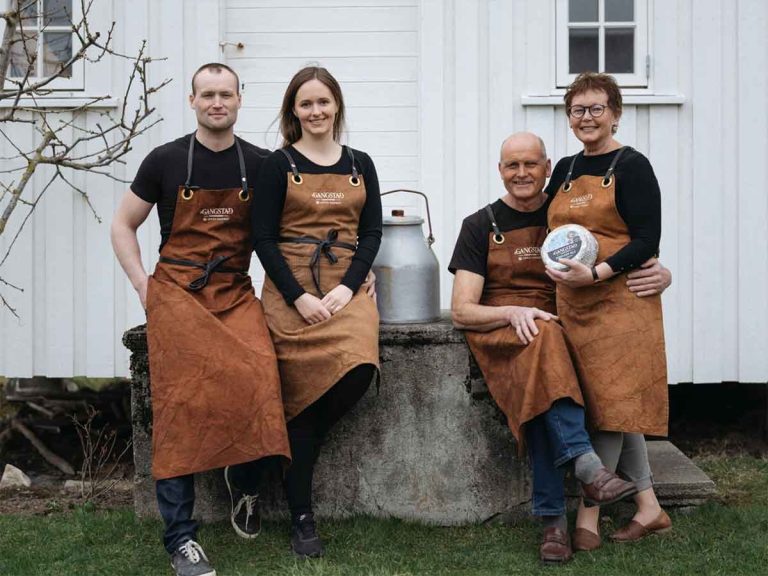
 Women are the best sommeliers. Here are the scientific studies
Women are the best sommeliers. Here are the scientific studies Where to eat at a farm stay in Sicily: the best addresses in the Provinces of Trapani, Palermo, and Agrigento
Where to eat at a farm stay in Sicily: the best addresses in the Provinces of Trapani, Palermo, and Agrigento Wine in cans, bottle-fermented, and alcohol free: the unstoppable change in Gen Z’s tastes
Wine in cans, bottle-fermented, and alcohol free: the unstoppable change in Gen Z’s tastes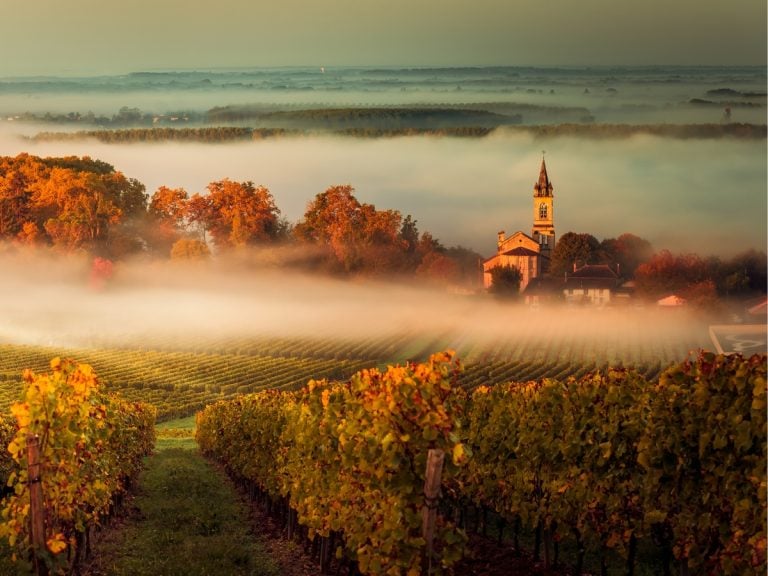 The great Bordeaux exodus of Chinese entrepreneurs: around fifty Châteaux up for sale
The great Bordeaux exodus of Chinese entrepreneurs: around fifty Châteaux up for sale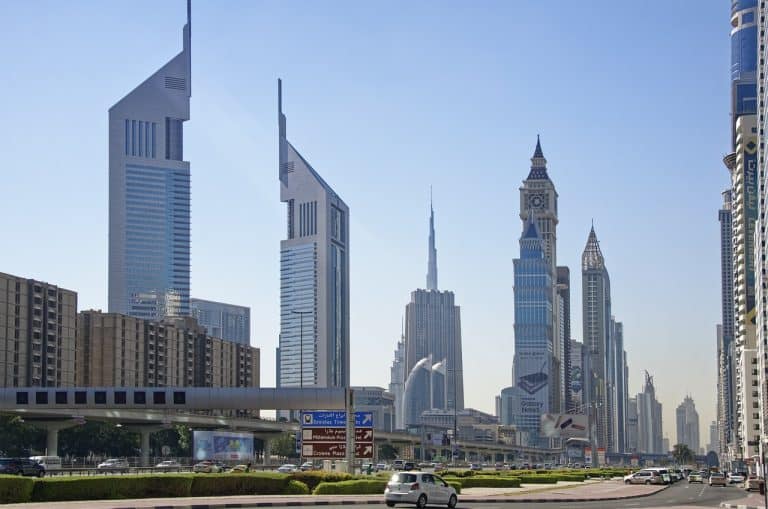 Dubai speaks Italian: a journey through the Emirate's best Italian restaurants
Dubai speaks Italian: a journey through the Emirate's best Italian restaurants



